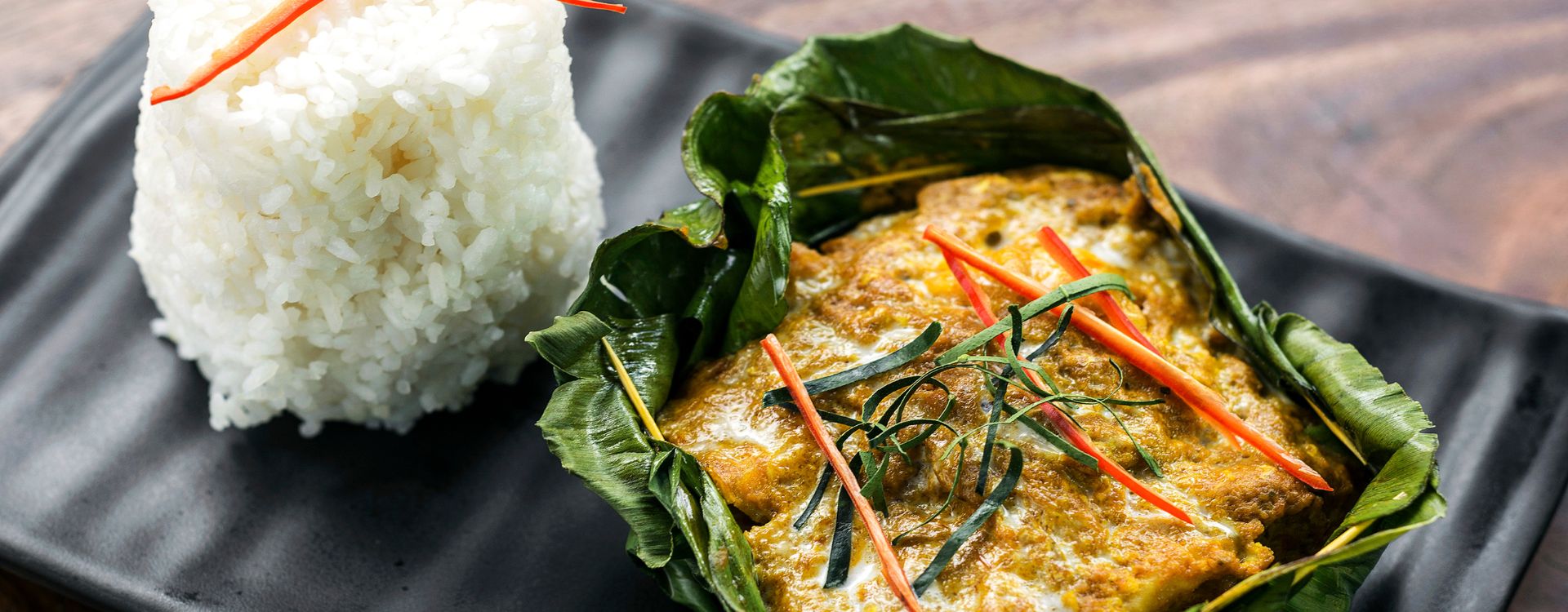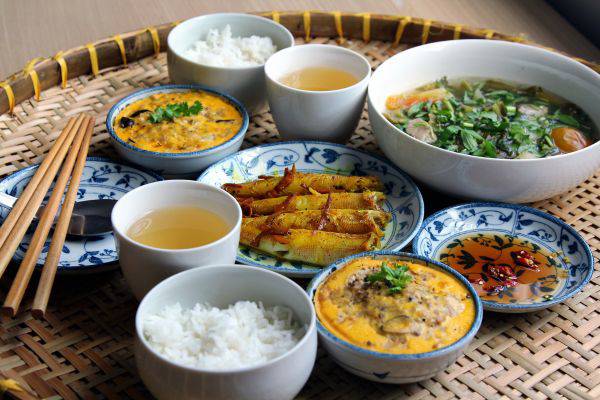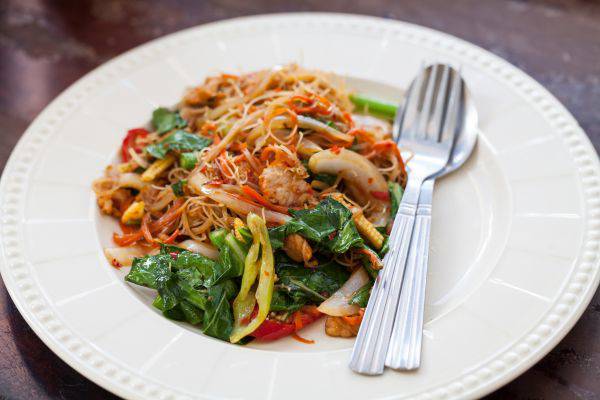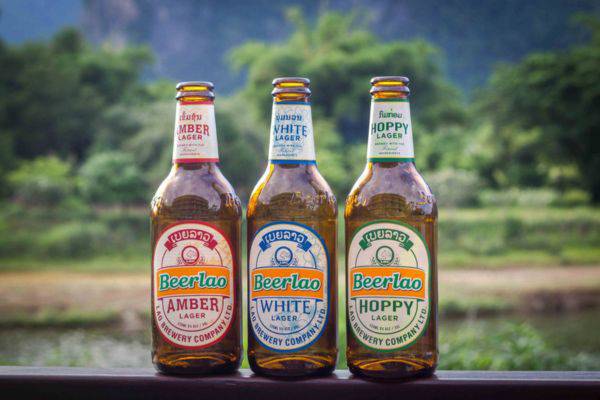A Culinary Journey Through Cambodia: 12 Must-Try Khmer Foods
When travelers think of Cambodia, their minds often jump to the ancient temples of Angkor Wat or the dark echoes of the Khmer Rouge era. But there’s another, more delicious side to Cambodia that often goes unnoticed: its vibrant, soulful cuisine.
Exploring Khmer food in Cambodia is a cultural experience in itself, offering a rich tapestry of flavors, history, and tradition. Whether you’re dining in a bustling Phnom Penh market or attending a rural family meal, Khmer cuisine invites you to understand Cambodia in the most intimate way - through its food.
In this article, we’ll guide you through everything you need to know about Khmer foods Cambodia, including its history, iconic dishes, street food culture, and even where to learn how to cook like a local.
1. What Is Khmer Cuisine?
Khmer cuisine refers to the traditional food of Cambodia, developed over centuries and deeply rooted in the country’s agricultural lifestyle, Buddhist customs, and colonial history. Unlike the fiery dishes of Thailand or the complex broths of Vietnam, Khmer food tends to be subtler, lighter, and more herb-forward. The use of fermented fish paste (prahok), coconut milk, lemongrass, turmeric, and fresh vegetables creates a balance of sweet, salty, sour, and bitter flavors.
It’s a cuisine that values freshness and harmony - every dish is crafted to appeal to all senses.
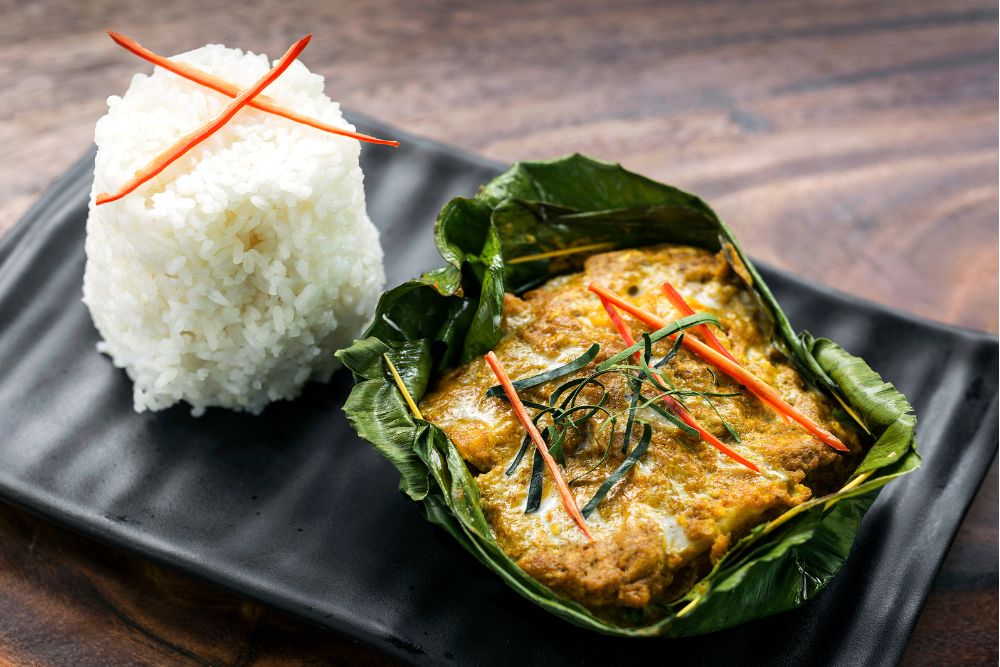
2. 12 Iconic Khmer Foods You Must Try in Cambodia
1. Amok Trey (Fish Amok)
Arguably Cambodia’s national dish, Fish Amok is a creamy, curry-based dish made with boneless white fish, coconut milk, and a fragrant spice paste known as kroeung. It’s traditionally steamed in banana leaves, giving it a custard-like texture and aromatic profile. If you try only one Khmer food in Cambodia, let it be this.

2. Nom Banh Chok (Khmer Noodles)
This noodle soup is a breakfast staple across Cambodia. Made from rice noodles and topped with a green fish gravy, it’s served with fresh cucumbers, banana blossoms, and herbs. Locals often sell it from bicycles in the early morning, making it a true street food treasure.

3. Bai Sach Chrouk (Grilled Pork and Rice)
A simple yet satisfying breakfast dish consisting of thinly sliced pork marinated in garlic and coconut milk, grilled over charcoal, and served with rice, pickled vegetables, and sometimes a fried egg. Affordable, flavorful, and filling.
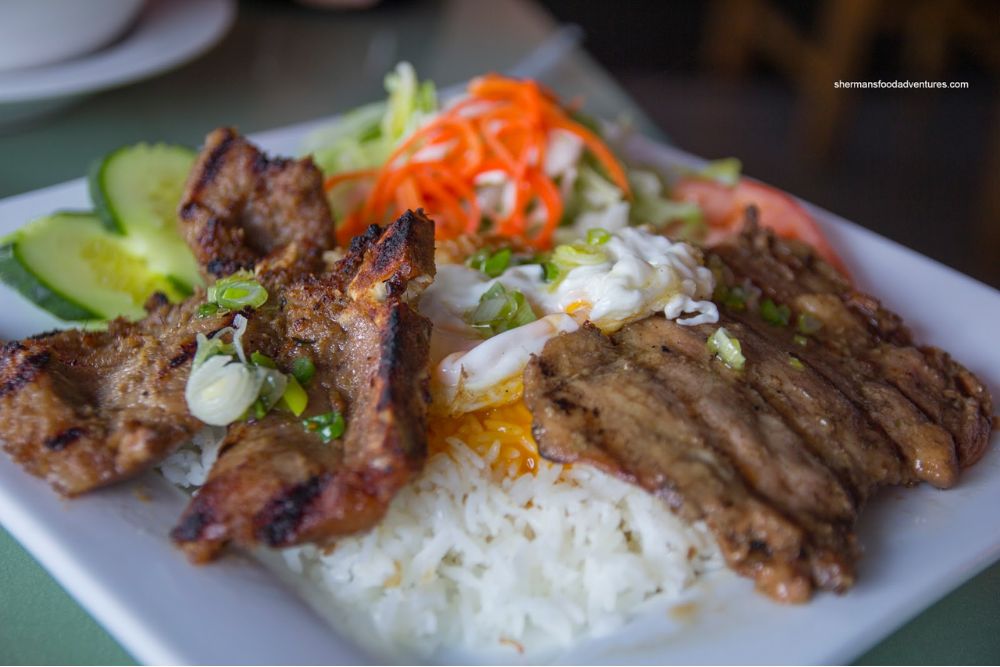
4. Lok Lak (Stir-Fried Beef)
A French-influenced dish, Lok Lak features marinated beef stir-fried with oyster sauce, garlic, and pepper, served over lettuce and tomatoes with a side of lime-pepper dipping sauce. It’s often topped with a fried egg for good measure.
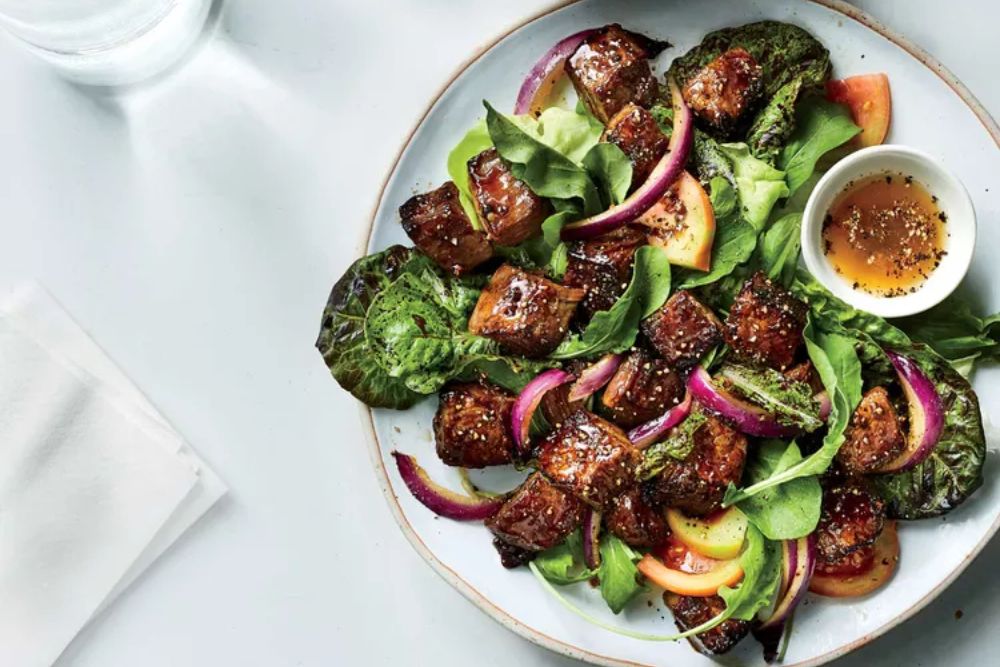
5. Kuy Teav (Pork Noodle Soup)
This rice noodle soup, often eaten for breakfast, includes a pork-based broth topped with slices of pork, meatballs, bean sprouts, and herbs. You’ll find versions in every corner of the country, from street stalls to family kitchens.
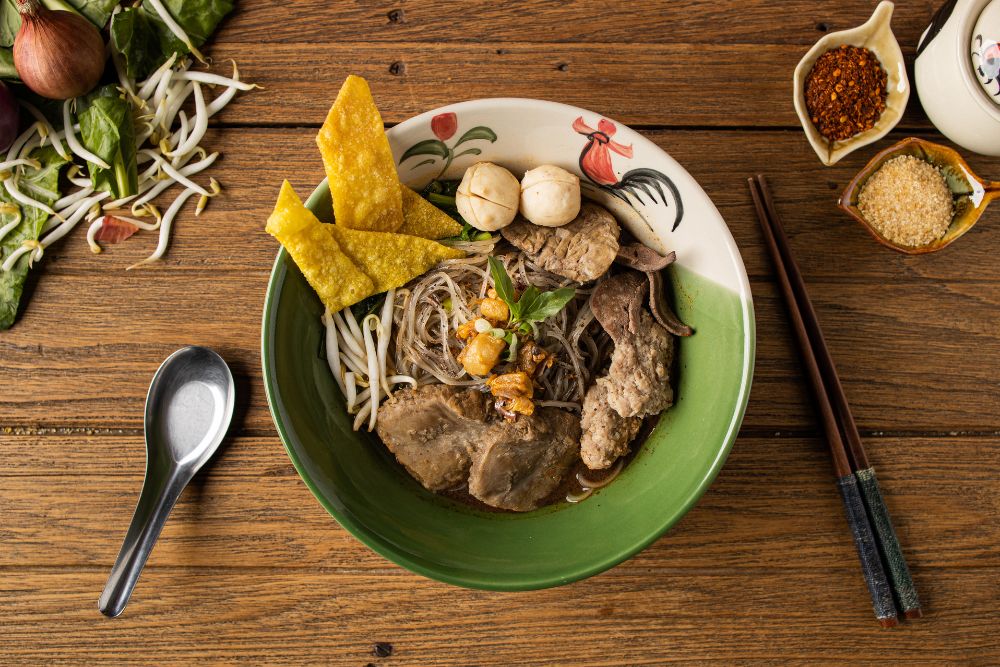
6. Prahok (Fermented Fish Paste)
Love it or hate it, prahok is essential to Khmer foods Cambodia. It’s used in cooking or served raw as a dip for vegetables. Its strong aroma might be off-putting for some, but it represents the heart of Khmer culinary identity.
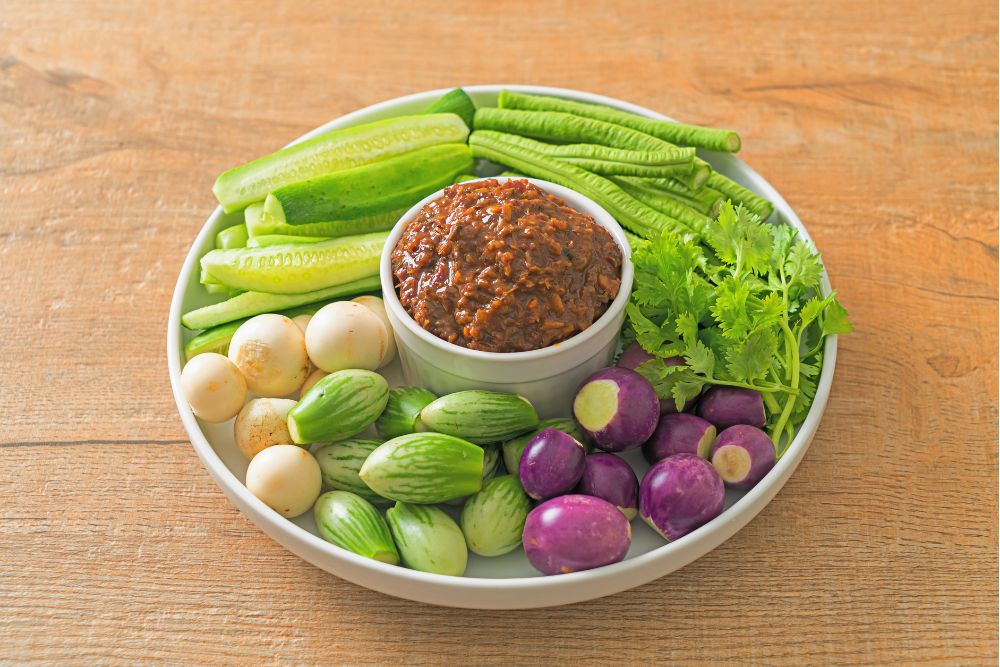
7. Samlor Korko (Traditional Vegetable Stew)
Sometimes called Cambodia’s "national stew," this dish is made from a medley of vegetables, fermented fish paste, and sometimes meat or catfish. It’s comforting, nourishing, and rich in flavor.

8. Green Mango Salad with Dried Fish
A refreshing salad made with shredded green mango, dried fish, peanuts, and chili. Tangy, spicy, and salty - a perfect side dish or light meal on a hot day.
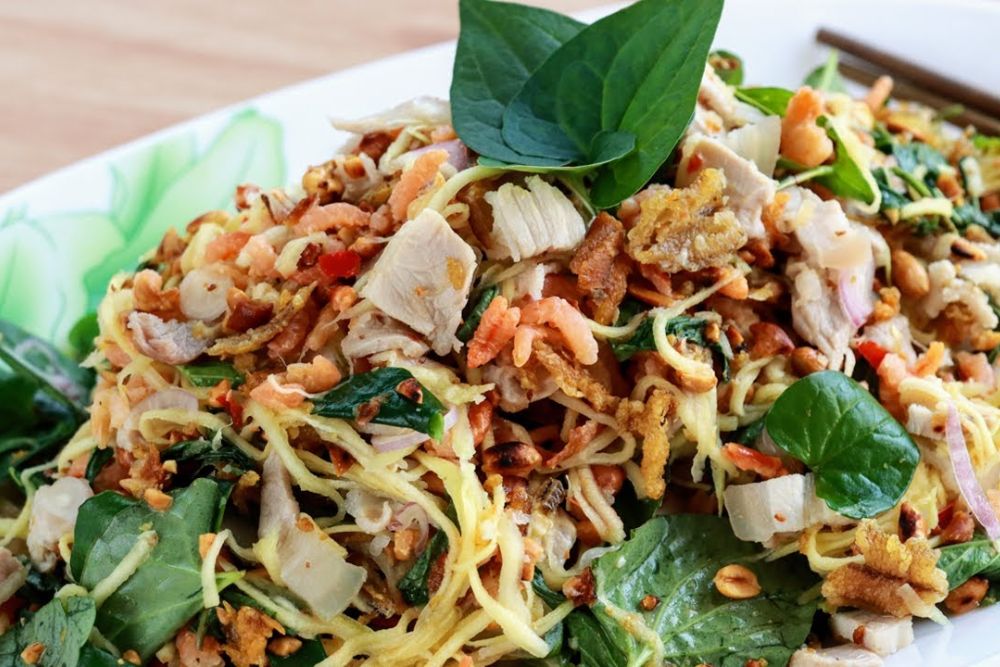
9. Red Tree Ants with Beef and Holy Basil
This exotic delicacy blends minced beef, red ants, and aromatic herbs. The ants add a citrus-like crunch that surprises many travelers. A must-try for adventurous eaters!
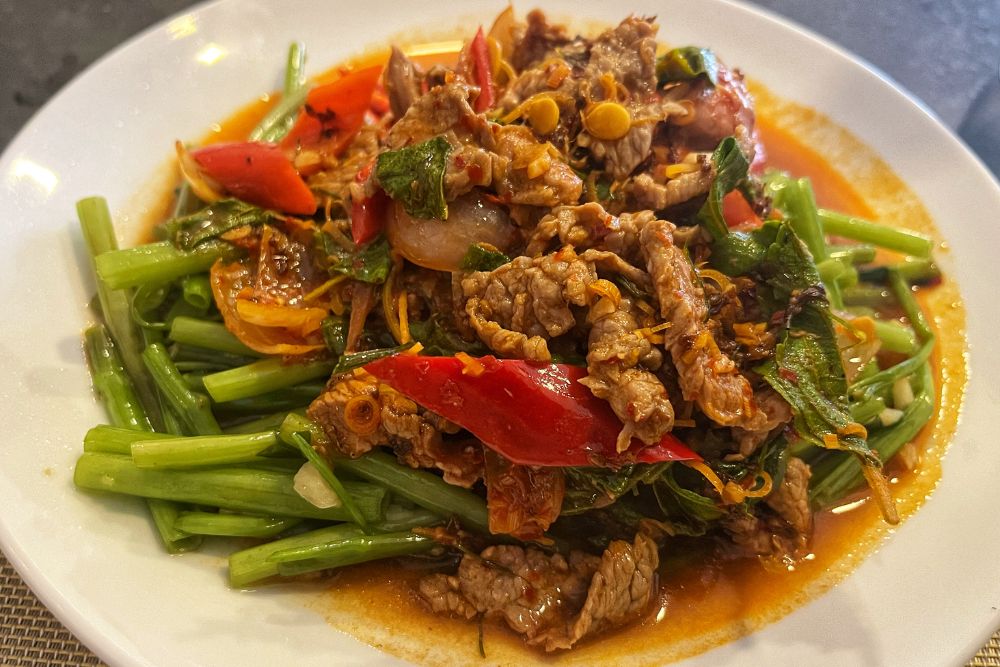
10. Fried Tarantulas
Yes, you read that right. In Cambodia’s town of Skun, fried tarantulas are a popular street snack. Crispy on the outside and soft on the inside, they’re surprisingly flavorful and rich in protein.
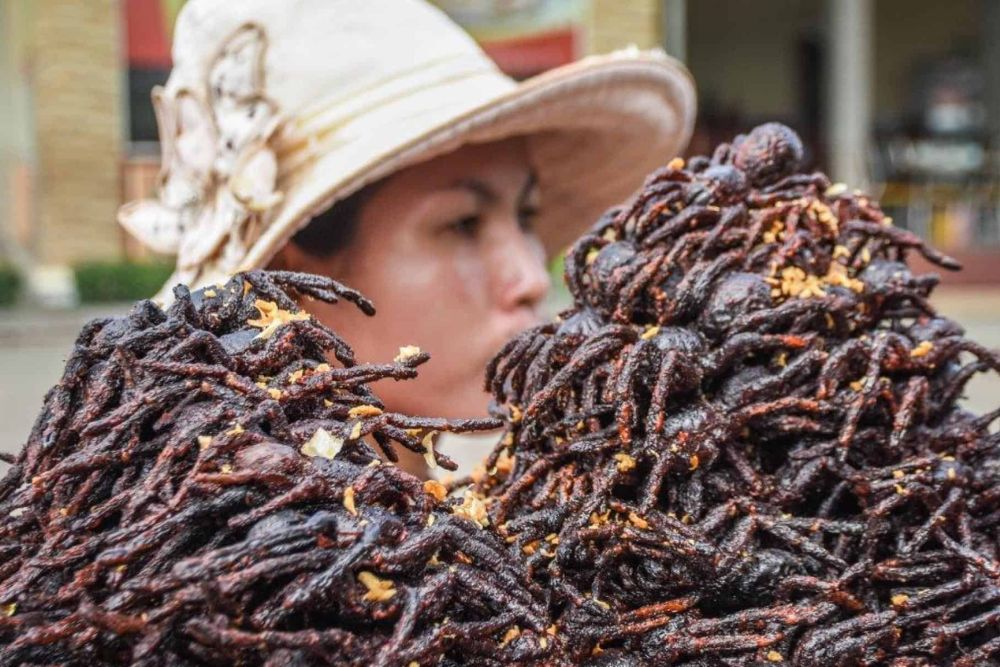
11. Nom Ka Chai (Chive Cakes)
These pan-fried chive rice cakes are chewy, crispy, and best eaten with a sweet-and-sour dipping sauce. Commonly sold in local markets.
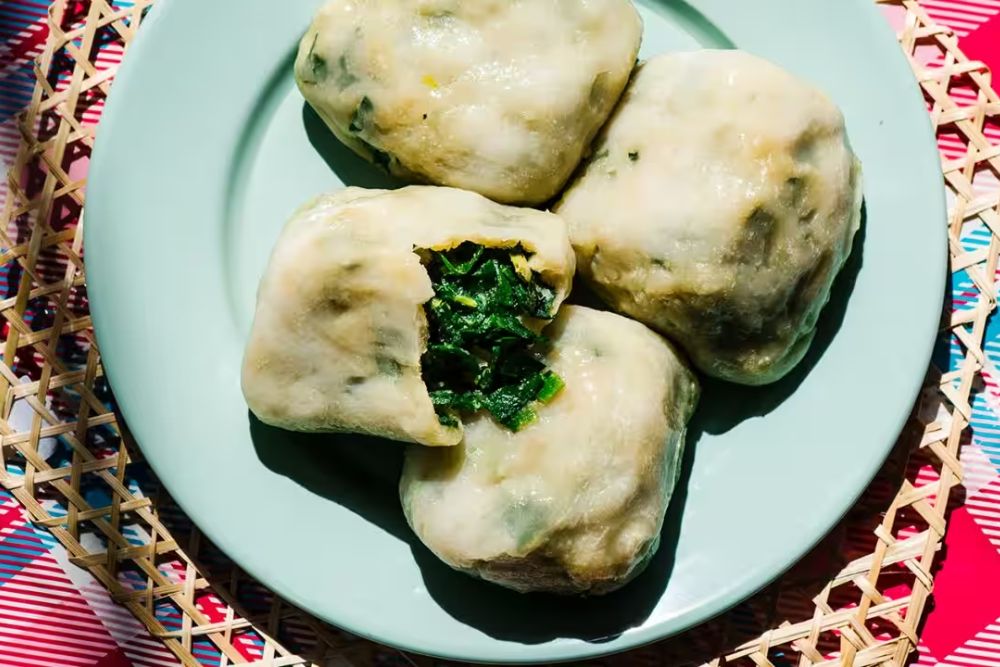
12. Num Ansom (Sticky Rice Cakes)
Traditionally eaten during Khmer New Year or Pchum Ben, these banana leaf-wrapped cakes are filled with pork fat, green beans, or banana, then steamed. Dense and satisfying, they’re symbols of family and heritage.
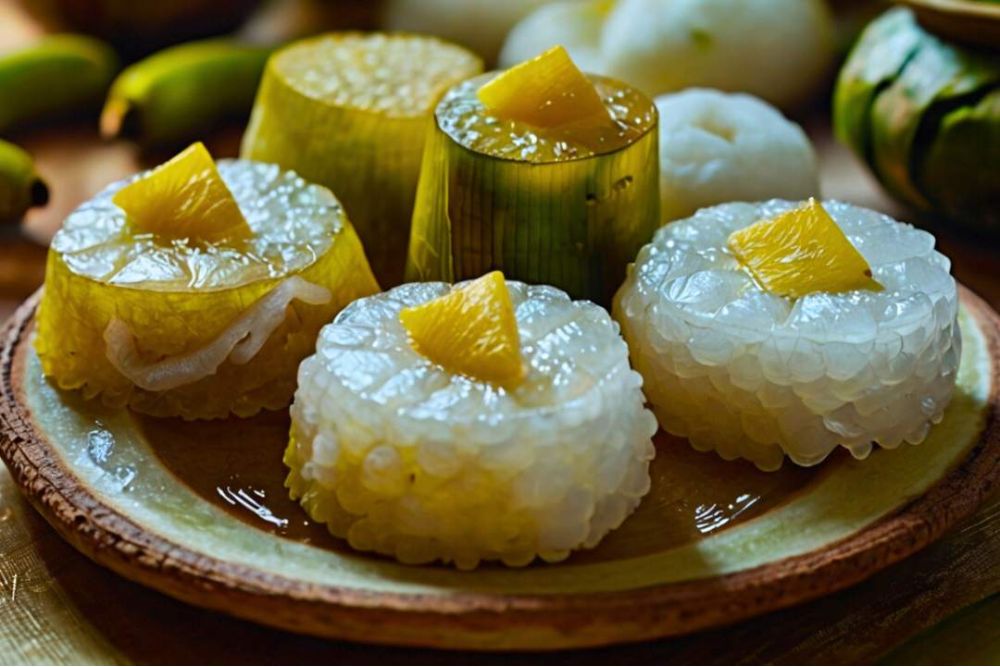
3. Street Food vs. Restaurant Dining in Cambodia
One of the best parts of exploring Khmer food in Cambodia is the diversity in where you can eat. You’ll find delicious meals both at fine dining restaurants and from tiny roadside stalls.
- Street food: In Phnom Penh, Siem Reap, and Battambang, try dishes like Nom Pang (Khmer baguette sandwich) or grilled skewers from night markets.
- Local markets: Don’t miss Phsar Thmei (Central Market) or Phsar Leu in Siem Reap for authentic snacks and sweets.
- Restaurants: For refined Khmer dishes in a traditional setting, head to restaurants like Malis in Phnom Penh or Chanrey Tree in Siem Reap.
Pro tip: Avoid tap water and look for busy stalls - local popularity usually means freshness and safety.
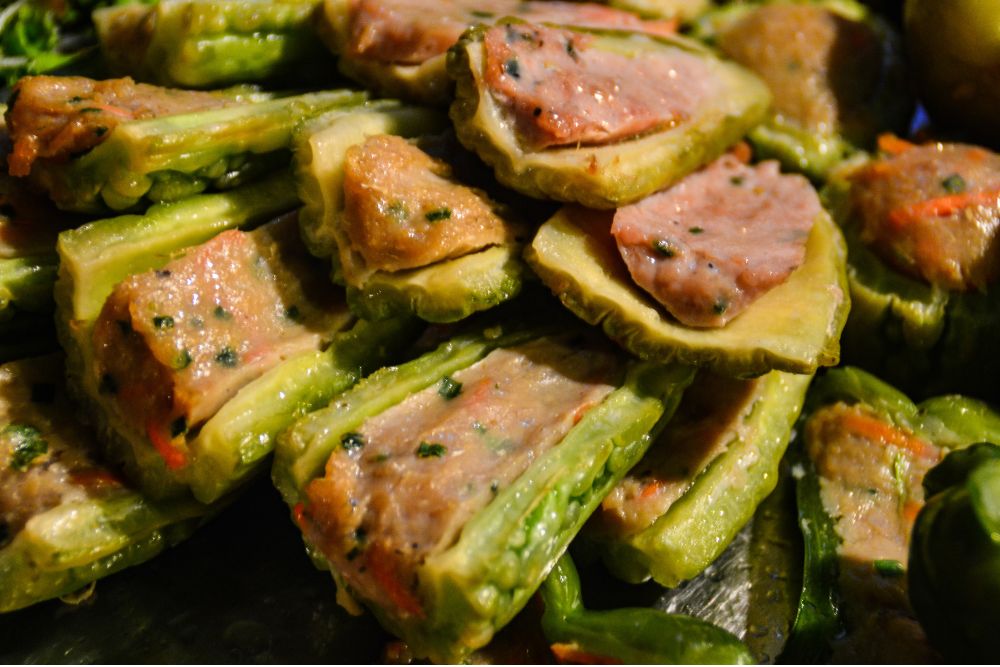
4. Cooking Classes & Food Tours
Want to bring a taste of Cambodia home with you? Many cities offer cooking classes that teach you how to prepare classic Khmer dishes.
Recommended experiences:
- Khmer Cooking Class in Siem Reap (often includes a market visit)
- Cambodian Food Tours in Phnom Penh: street food by night on a tuk-tuk
- Backstreet Academy offers private classes with locals in rural villages
These hands-on experiences deepen your appreciation of Khmer food and allow you to meet passionate home cooks eager to share their culinary heritage.
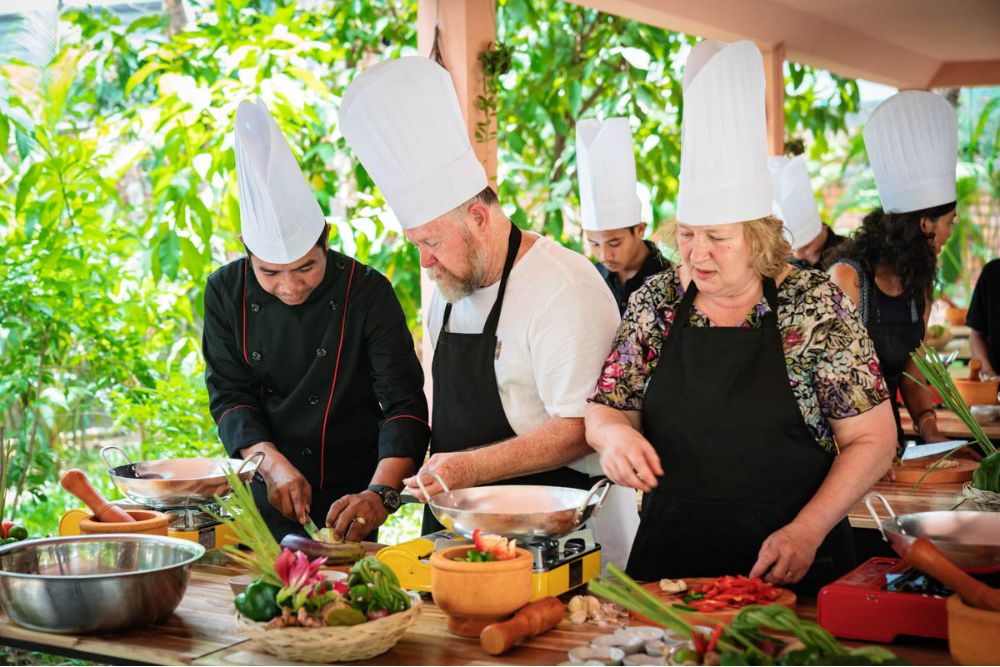
5. Cultural Significance of Khmer Food
In Cambodia, food is more than sustenance - it’s a way of expressing love, maintaining tradition, and honoring ancestors. During Buddhist holidays like Pchum Ben and Chol Chnam Thmey (Khmer New Year), families gather to cook and share elaborate meals. Monks are offered food as a form of merit-making, and many households prepare specific dishes only for spiritual ceremonies.
Eating in Cambodia is communal and inclusive. Most meals are shared, and the idea of “your plate, your food” is unfamiliar. This approach reflects the importance of family and community in Cambodian life.
6. Why You Should Explore Khmer Food in Cambodia
To truly know a country, eat what its people eat.
Exploring Khmer foods Cambodia is not just a treat for your taste buds - it’s a cultural immersion that connects you with local stories, customs, and identities. From comforting soups to bizarre snacks, the diversity and depth of Khmer cuisine will surprise and satisfy even the most seasoned foodies.
So when you travel to Cambodia, don’t just visit temples and museums. Walk through local markets. Chat with food vendors. Try something that scares you. And, most importantly, savor every bite.
Because in every spoonful of Khmer food in Cambodia, there is history, warmth, and the soul of a resilient nation.




 English
English
 French
French
 Italian
Italian



